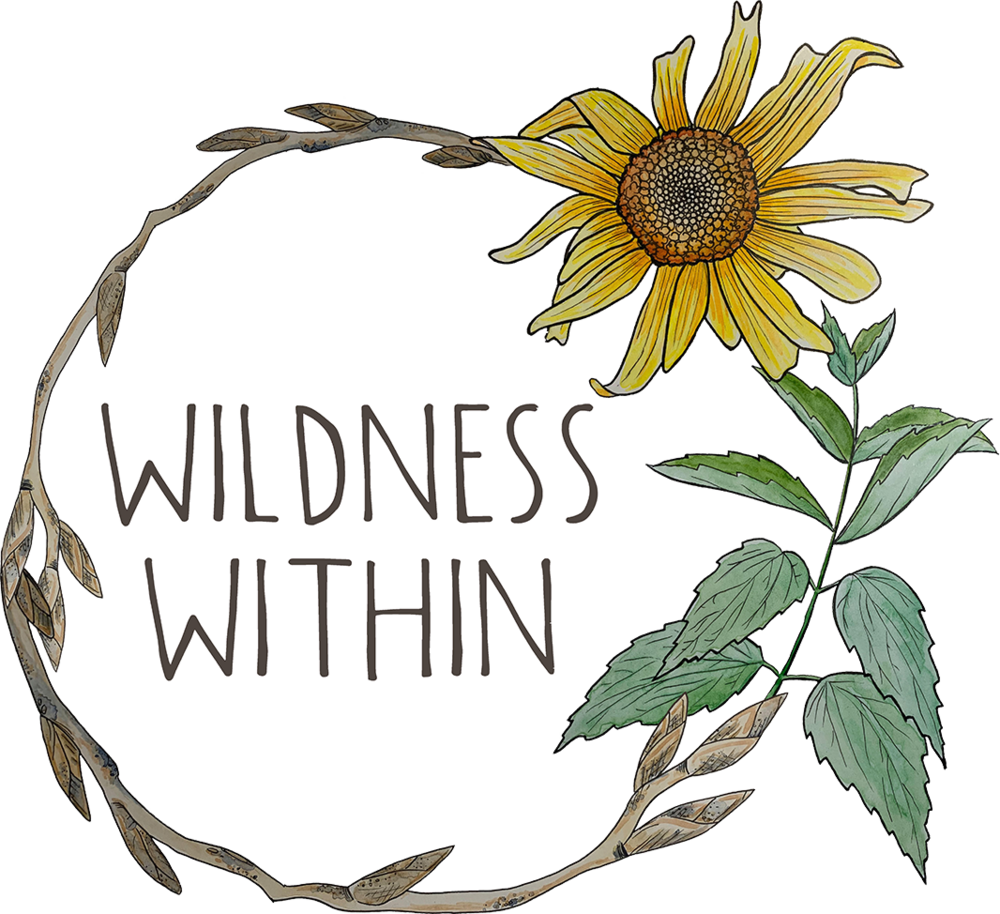Chickweed
Common Names: Starweed
Botanical Name: Stellaria Media
Plant Family: Caryophyllaceae, Carnation Family
Parts Used: Whole plant (aerial parts)
Identification and Harvesting:
Photos by Rachael Witt
· Chickweed is a low-growing plant with a delicate root system. In more temperate climates it grows during the winter to early spring and can be a perennial or an annual.
· Its leaves have an oval shape and they grow in an opposite pattern.
· The flowers have five petals that are deeply divided, sometimes appearing to be 10…
· I like to I.D. chickweed by looking closely at the stem of the plant. It will have little hairs growing up vertically along one side of the stem. Then, at a leaf junction, those little hairs will grow on another side of the stem.
· Chickweed is best in the spring, although some climates produce a bountiful fall crop as well. To harvest chickweed I bring my scissors and simply snip the whole plant a couple inches from the soil.
· Chickweed quickly loses its oomph after harvesting so this plant is best used fresh. If you don’t have access to fresh chickweed, try the following recipe with parsley instead.
There’s no known toxicity for Chickweed. But be careful harvesting, make sure no dogs have been doing their business near your collection site and be sure its in a clean environment.
Chickweed is easier to harvest than going to the store and buying sprouts and it’s at least twice as tasty and assuredly way more nutritious! Chickweed is high in calcium, minerals, potassium, and magnesium.
Chickweed Medicine:
· Chickweed is an excellent source of vitamins A, D, B complex, C and rutin (a flavonoid). It also contains iron, calcium, potassium, phosphorus, zinc, manganese, sodium, copper and silica.
· Internally, it is a nutritional supplement, hunger suppressor, diuretic that soothes the urinary tract system and kidneys without depleting minerals from the body
· Besides being a nutrient-dense and delicious plant, chickweed can be used as a cooling poultice on hot conditions like sunburns, irritated eyes, or insect bites (or even chickenpox).
· The infused oil is often used to soothe the irritation of diaper rash and insect bites. Chickweed can also get things moving in the body.
· You can use it internally and externally for relieving signs of stagnation such as benign cysts and swollen lymph glands.
How I like to use Chickweed
· As a spring green, I eat it in salads, as “sprout-like” fillings in sandwiches, or my favorite…pesto.
· If I have an itchy bite (or a student of mine does when we are wandering in the woods), I like to make a spit poultice.
· Drying/wilting chickweed is hard to master when making an oil infusion, but once done right, I like to use an oil infusion in a soothing skin salve (along with calendula, plantain and chamomile).
· A tincture can be made to help with kidney/liver issues and weight-reducing formulas (say, a little chickweed with your bitters?)
I recommend to use this plant once harvested. It does not dry well!









